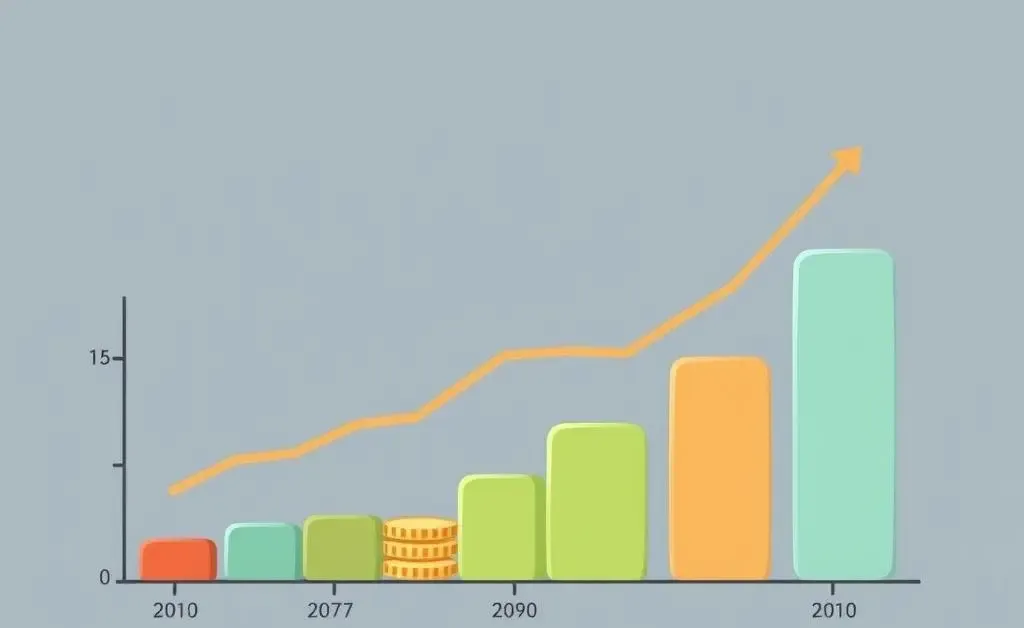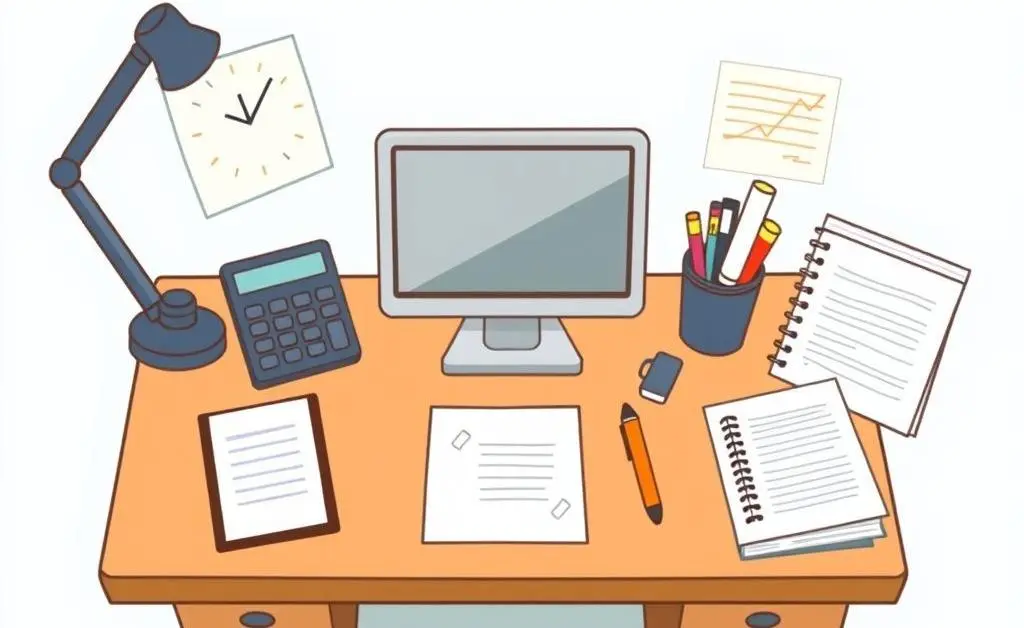Understanding Your Investments: A Simple Guide to Dividend Reinvestment
Explore the benefits of dividend reinvestment and maximize your investment potential.

Understanding Your Investments: A Simple Guide to Dividend Reinvestment
Investing can feel like a maze sometimes, can't it? But there's one concept that simplifies the process for many: dividend reinvestment. Let's sit down together and untangle what it means, why it matters, and how it might just be the key to growing your investments more effectively.
What is Dividend Reinvestment?
Okay, so picture this: you own shares in a company, and as a token of appreciation for your investment, the company pays you a little extra money periodically. This is a dividend. Now, instead of cashing out these dividends to buy lattes, you reinvest them to buy more shares in the company. Simple, right?

The Benefits of Reinvesting Dividends
Imagine planting a tree. Each dividend is like watering it, helping it grow tall and strong. Reinvesting dividends compounds your returns over time. It's like a snowball effect; small at first, but it packs into something significant as time goes by.
- Compounding Growth: With each reinvested dividend, you buy more shares. More shares mean more dividends, leading to even more shares. It's a delightful cycle of growth.
- Cost-Effective: Often, reinvesting dividends is fee-free, making it a savvy choice for those cost-conscious investors.
- Long-Term Benefits: Over time, reinvestment can significantly enhance the value of your original investment, especially in stable companies with a history of steady growth.
How to Get Started with Dividend Reinvestment

First, determine if dividend reinvestment aligns with your financial goals. Consider your investment strategy and tax implications in your area. Sometimes, dividends can be automatically reinvested if you’re enrolled in a Dividend Reinvestment Plan (DRIP). It's as easy as clicking a few buttons on your investment platform.
Questions to Ask Yourself
Before you dive in, pause for a moment. Ask yourself:
- What are my short and long-term financial goals?
- Am I comfortable with the risk level of my current investments?
- How do reinvested dividends fit into my larger financial picture?
The Potential Downsides
It’s fair to acknowledge that dividend reinvestment isn’t always for everyone or every situation. For instance:
- Reinvesting may lead to a lack of diversification if you're heavily invested in one company or sector.
- You miss out on liquidity; those dividends could have been handy cash in a different strategy or emergency fund.

Wrapping It Up
When it comes to investing, there’s no one-size-fits-all approach. Dividend reinvestment can be a powerful tool for growing your wealth, but it's equally important to ensure it aligns with your broader financial goals. Whether you’re just starting out or looking to optimize your strategy, I hope this chat has shed some light on this intriguing concept. I’d love to hear your thoughts or any questions you might have about dipping your toes into the world of dividend reinvestments. Feel free to share your journey with us!




